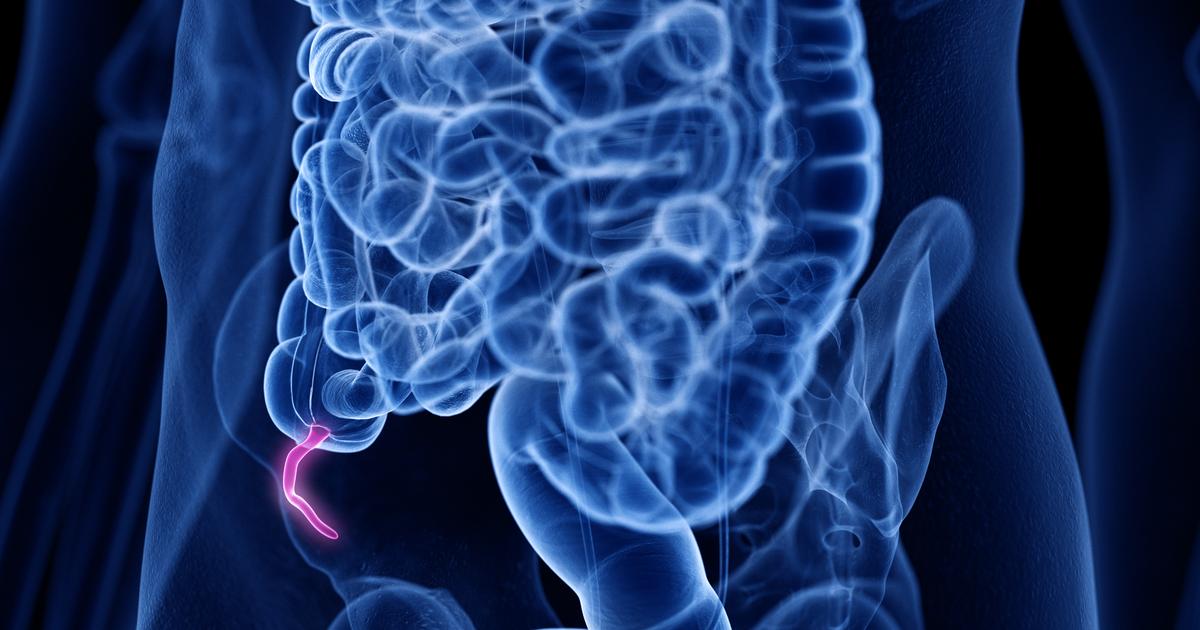Guide To An Appendix Removal And Recovery
One common surgery many individuals need to get at some point in their lives is an appendectomy. This is a surgical procedure to remove the appendix, which is a small pouch-like organ on the right side of the abdomen. The appendix's function isn't fully known, but some theories state it helps with recovery from infections, inflammation, and diarrhea. Though these functions sound important, the body can still function properly without an appendix. Inflammation of the appendix causes it to swell and pus forms inside the organ. As the buildup of pus and swelling increases, an individual will experience pain in their lower right side and around their belly button. Patients experiencing symptoms of appendicitis should seek treatment immediately. Untreated, the condition can cause the appendix to burst, which can be life-threatening.
Learn about how an appendix is removed and how recovery works now.
What Is The Appendix?

The appendix is a small organ attached to the colon that resembles a worm. This sac of tissue is pouch-like and located in the cecum, which is the first part of the colon and is found in the lower right abdomen. Though many individuals believe the appendix serves no function, this isn't quite true. The appendage contains lymphatic tissue, which helps the immune system function. However, the tissue doesn't have a significant enough impact on immune function for appendix removal to have potentially lasting consequences. The organ can harbor bacteria, and when the wall of the appendix becomes infected with bacteria, the condition is known as appendicitis. Some scientists believe the appendix serves other functions as well, like helping patients recover from infections and inflammation in the digestive system. The standard treatment for appendicitis is an appendectomy. Unlike other infections, there isn't an option to take antibiotics to make the issue go away.
Uncover details on the key signs an appendix needs to be removed now.